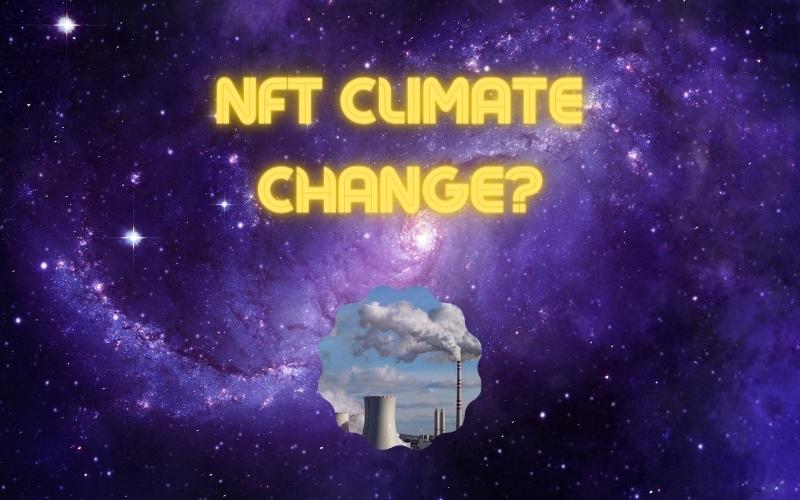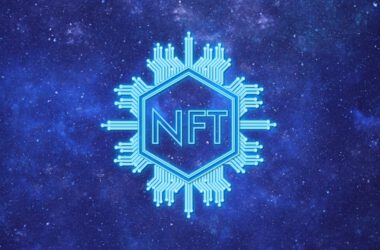Non-fungible tokens, or NFTs, are key for the play to earn business model and gave rise to a collectible frenzy in 2021. NFTs, as they came to be known more widely, became one of the first crosspoints of blockchain technology with the wider public.
Almost immediately, the accusations flew – NFTs are based on an electricity-hungry grid of computers, and the obsession with minting new images and game items is bad for the planet.
The power-hungry myth comes from the reality of mining. Indeed, Bitcoin mining is energy-intensive, its annual energy requirements on par with those of a mid-sized European country. The Ethereum network is not far behind, and it took off in earnest in 2021. From a relatively austere 16 TWh before 2021, the Ethereum network is now up to 88 TWh annually. Bitcoin production shifted to more than 190 TWh per year.
But will gaming and NFTs significantly increase that number?
Firstly, NFTs are not only available for Ethereum. New networks have appeared which do not rely on mining, but instead on various forms of decentralized validation. This kind of computational work is no different from data centers and other gaming resources. Blockchains like Binance Smart Chain, Solana, Polygon, Polkadot, Tezos and many others are simply collections of powerful computers, representing only a fraction of the electronics supporting the Internet infrastructure and regular software usage.
The NFTs themselves are simply game items, videos, pictures or other media, stored either in dedicated servers or on the cloud. If NFTs are so bad, then so is all other media and gaming activity.
But is Bitcoin really that bad for the environment? Rig farms usually need reliable energy, and will use renewable resources. Wind, gas flares, downstream hydroelectric power or surplus production power can all support a mining farm. Electronic waste is also highly recyclable, and rig farms have no other potential for pollution.
Producers of play to earn games have also taken the hint, including carbon offsets into their business model.










